The Fascinating World of Insect Pets

While cats, dogs, and fish dominate the pet market, the exotic pet industry has seen growing interest in arthropods, particularly insects and arachnids. From colorful beetles to impressive stick insects, these invertebrates offer unique opportunities for observation and care in compact living spaces. Their relatively simple needs and fascinating behaviors make them attractive alternatives to traditional pets. However, not all six-legged creatures can legally grace your home terrarium. Various insects are explicitly banned from ownership, with restrictions varying dramatically across countries, states, and even counties. Understanding why certain insects are prohibited requires exploring the complex relationship between human society and these small but potentially impactful creatures.
Ecological Threats: Invasive Species Concerns
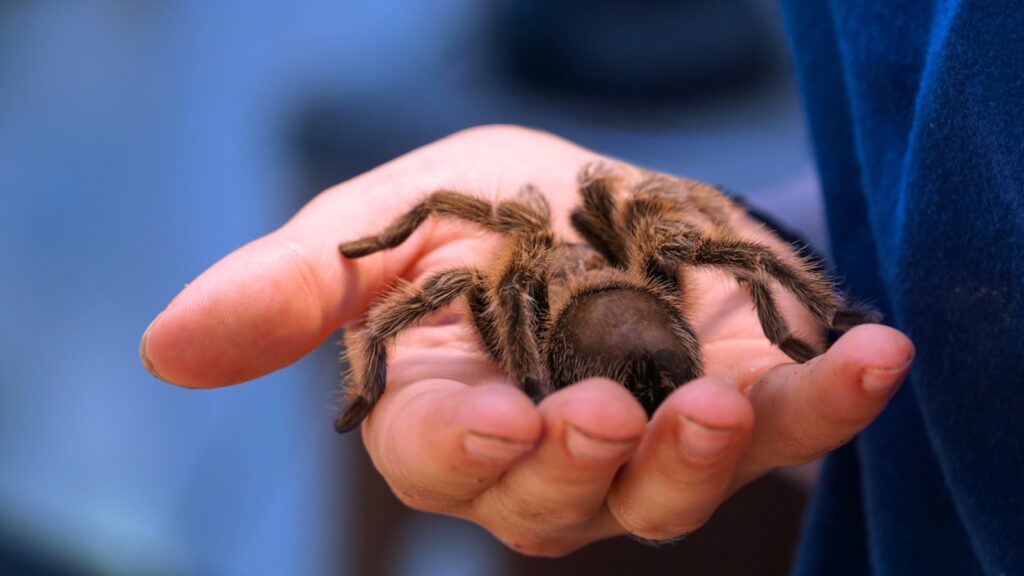
Perhaps the most significant reason for banning certain insect species as pets is their potential to become invasive if released or escaped into non-native environments. Many regions have experienced devastating ecological and economic consequences from introduced insect species that outcompete native fauna, destroy local plant life, or disrupt established ecosystems. The Asian longhorned beetle, for example, is prohibited in most areas because of its destructive impact on hardwood trees across North America, having caused billions in damage after its accidental introduction. Officials recognize that even well-intentioned pet owners might accidentally release specimens or fail to properly contain them, creating potential invasion pathways. The costs of managing these biological invasions often far exceed the resources available for ecological restoration, making prevention through prohibition the most effective strategy.
Agricultural Security and Food Production
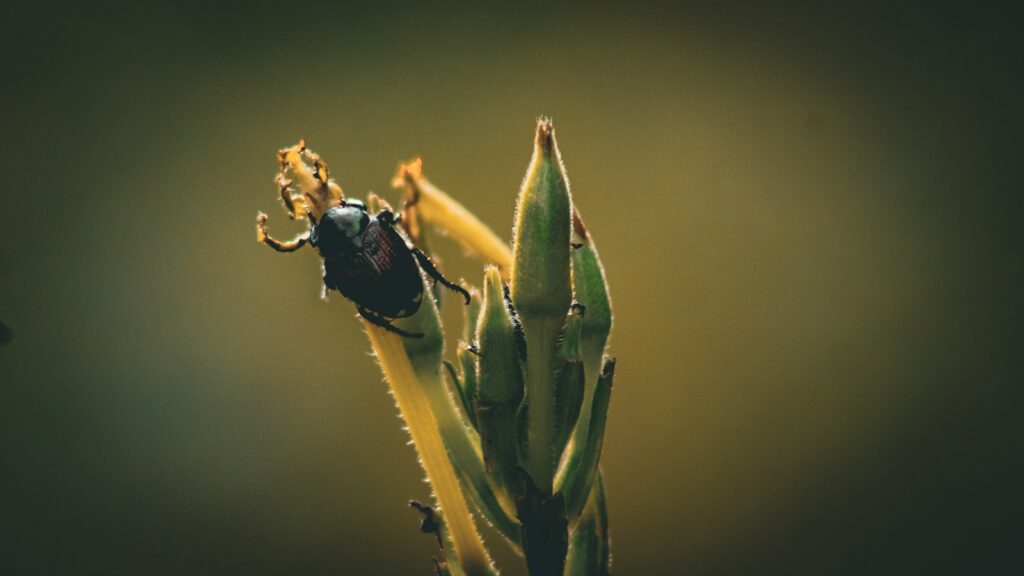
Certain insects are banned from the pet trade due to the existential threat they pose to agricultural systems and food security. The Japanese beetle, for instance, is prohibited in many western states where it hasn’t yet established because of its voracious appetite for over 300 plant species, including many economically important crops. A single escaped specimen could potentially establish a breeding population in vulnerable agricultural regions. Similarly, various fruit fly species are universally banned as pets because they can devastate fruit crops worth billions annually. The agricultural industry, already contending with numerous challenges from climate change to market fluctuations, cannot afford additional biological threats from exotic pet escapees. These restrictions reflect a practical prioritization of food production security over individual interests in keeping certain insects as companions.
Public Health and Safety Concerns

Some insects are illegal to own because they present direct risks to human health and safety. Various species of wasps, bees, and ants with particularly potent venom fall into this category, especially in areas with high population density or vulnerable demographics. The Asian giant hornet, sometimes sensationalized as the “murder hornet,” is prohibited in most regions not only for its ecological impact but because its powerful sting can cause severe allergic reactions and, in rare cases, fatalities. Similarly, certain species of fire ants are banned because their aggressive colony defense and painful stings pose significant public health concerns. Authorities must balance individual freedom with collective safety, typically erring on the side of caution when potentially dangerous insects could affect public spaces or vulnerable populations. These restrictions acknowledge that even responsible ownership cannot eliminate all risks of accidental escape or contact.
Disease Transmission Vectors

Insects that serve as vectors for human or animal diseases face stringent ownership restrictions worldwide. Mosquitoes, for instance, are universally banned as pets because numerous species transmit deadly diseases including malaria, dengue fever, Zika virus, and West Nile virus. Public health agencies have valid concerns that private breeding of such species could inadvertently create new transmission pathways or resistant populations. Similarly, certain tick species and flies associated with disease transmission face comparable restrictions. The COVID-19 pandemic has heightened awareness of zoonotic disease risks, prompting many jurisdictions to review and strengthen regulations around potential vector species. Even seemingly innocuous insect species may face restrictions if they can serve as intermediate hosts for parasites or pathogens that affect humans, livestock, or endangered wildlife populations.
International Trade Regulations and CITES
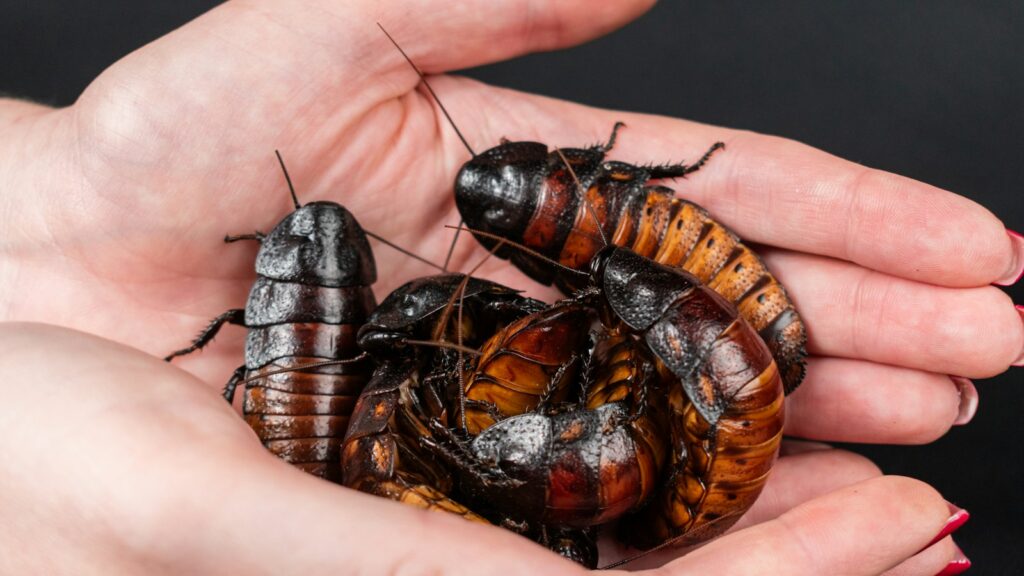
Many insects fall under international trade restrictions that make their ownership as pets either illegal or heavily regulated. The Convention on International Trade in Endangered Species of Wild Fauna and Flora (CITES) protects numerous insects from exploitation, particularly rare butterflies, beetles, and mantids that face collection pressure in their native ranges. The Queen Alexandra’s birdwing butterfly, the world’s largest butterfly species, is completely protected under CITES Appendix I, making its capture, trade, or ownership illegal without extraordinary permits. Smuggling protected insects represents a significant wildlife crime that undermines conservation efforts globally. Beyond CITES, many countries maintain their own “white lists” of permitted species rather than “black lists” of prohibited ones, meaning any species not explicitly approved is automatically illegal to import or own. These complex regulatory frameworks create a challenging landscape for potential exotic insect keepers to navigate legally.
Endangered and Protected Species
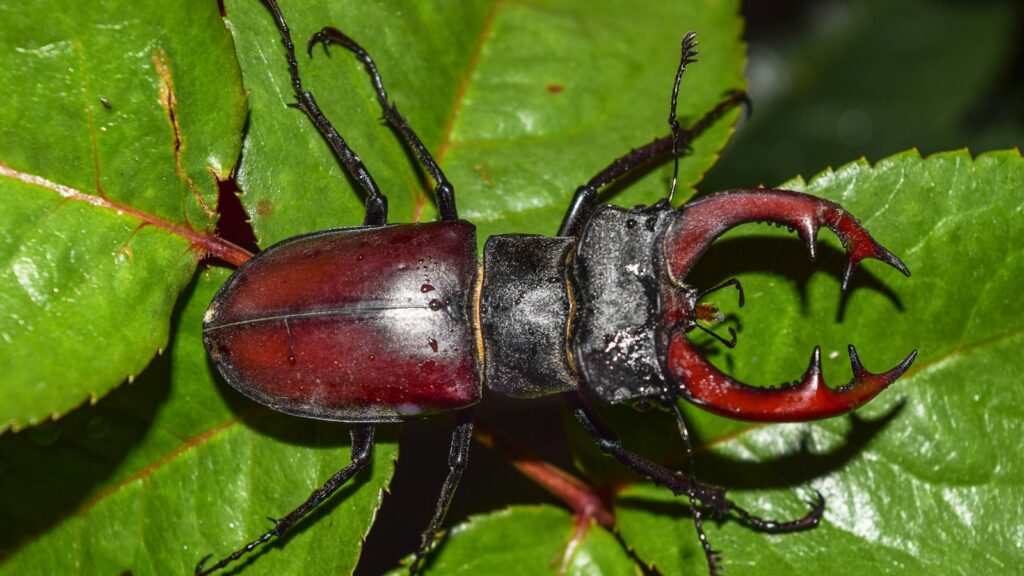
Insects facing extinction in their natural habitats receive legal protection that typically prohibits their collection or ownership. The endangered American burying beetle, once found in 35 states but now restricted to a handful of isolated populations, is federally protected in the United States, making its capture or possession without special permits illegal. Similarly, various stag beetles in Europe and Japan receive protection due to habitat loss and overcollection by enthusiasts. Conservation laws recognize that even small-scale collection for the pet trade can have cumulative effects on vulnerable populations already struggling with habitat loss, climate change, and pesticide exposure. Some jurisdictions employ nuanced approaches, allowing captive-bred specimens of certain protected species while prohibiting wild-caught individuals. These regulations attempt to balance conservation needs with the educational and scientific benefits that can come from responsible breeding programs.
The Ethical Dimension: Welfare Concerns
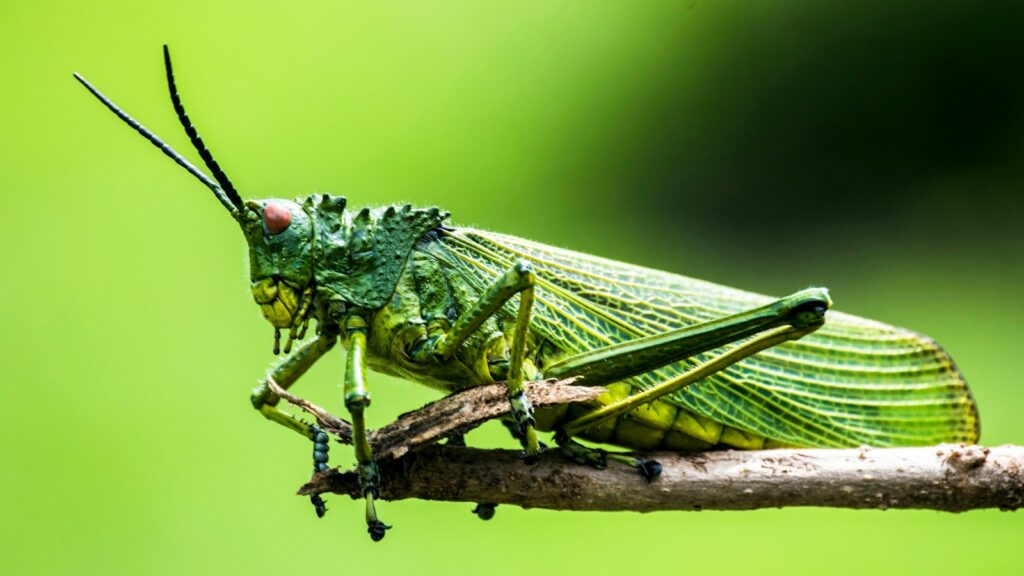
Ethical considerations about insect welfare increasingly influence which species can be legally kept as pets. While insects may not experience suffering in the same way vertebrates do, growing scientific evidence suggests many species have more complex experiences than previously recognized. Some jurisdictions ban keeping certain social insects, like advanced eusocial ants or bees, out of concern that captivity fundamentally compromises their natural behaviors and colony structures. Species with specialized dietary needs or environmental requirements that are difficult to replicate in captivity may be restricted to prevent unnecessary suffering through improper care. The emerging field of invertebrate welfare science is gradually influencing pet ownership regulations, particularly in European countries with more progressive animal protection frameworks. These ethical dimensions add another layer to the complex regulatory landscape surrounding insect ownership, reflecting evolving societal values about our responsibilities toward all living creatures.
Regional Variations in Regulations

The legality of keeping particular insect species varies dramatically between and even within countries, creating a complex patchwork of regulations for enthusiasts to navigate. Australia maintains perhaps the world’s strictest biosecurity laws, prohibiting virtually all exotic insect species as potential threats to its unique and vulnerable ecosystems. By contrast, Japan allows ownership of many native insect species but strictly regulates imports. In the United States, federal regulations provide baseline prohibitions, but individual states implement additional restrictions based on their specific environmental concerns. California, with its massive agricultural industry and Mediterranean climate, bans numerous species that are legal in other states. These regional variations reflect different priorities, ecosystems, and risk assessments conducted by local authorities. Prospective insect keepers must research not only federal regulations but also state, county, and sometimes municipal ordinances before acquiring specimens.
Enforcement Challenges and Black Markets

The prohibition of certain insect species has inevitably spawned black markets and enforcement challenges. Unlike larger animals, insects can be easily concealed, shipped through regular mail in inconspicuous packages, and bred with minimal space or equipment. Customs and wildlife officials struggle to detect illegal specimens among the millions of packages crossing borders daily. This enforcement difficulty has created thriving underground markets for rare and prohibited species, particularly colorful beetles, butterflies, and arachnids that command high prices among collectors. Online marketplaces and social media groups facilitate connections between sellers and buyers, often using code words to avoid detection. The relatively light penalties for insect smuggling compared to vertebrate wildlife trafficking further complicate enforcement efforts. These challenges highlight the need for education about the ecological reasons behind these prohibitions rather than relying solely on enforcement measures.
Legal Alternatives for Insect Enthusiasts

Despite the many restrictions, insect enthusiasts have numerous legal options for pursuing their interest. Many spectacular species remain perfectly legal to keep, including various stick insects, mantids, leaf insects, and beetles that pose minimal risks if escaped. Focusing on native species appropriate to your region often provides a simpler regulatory path while supporting educational awareness about local biodiversity. Joining entomological societies and insect keeper associations can provide valuable guidance on navigating regulations while connecting with a community of like-minded enthusiasts. Some jurisdictions offer permit systems for educational institutions or qualified individuals to keep otherwise restricted species under controlled conditions. Digital collections through photography or citizen science participation offer alternative ways to engage with entomology without the regulatory complexities of physical specimens. These legal alternatives allow the fascination with insects to flourish within appropriate boundaries.
Scientific and Educational Exceptions
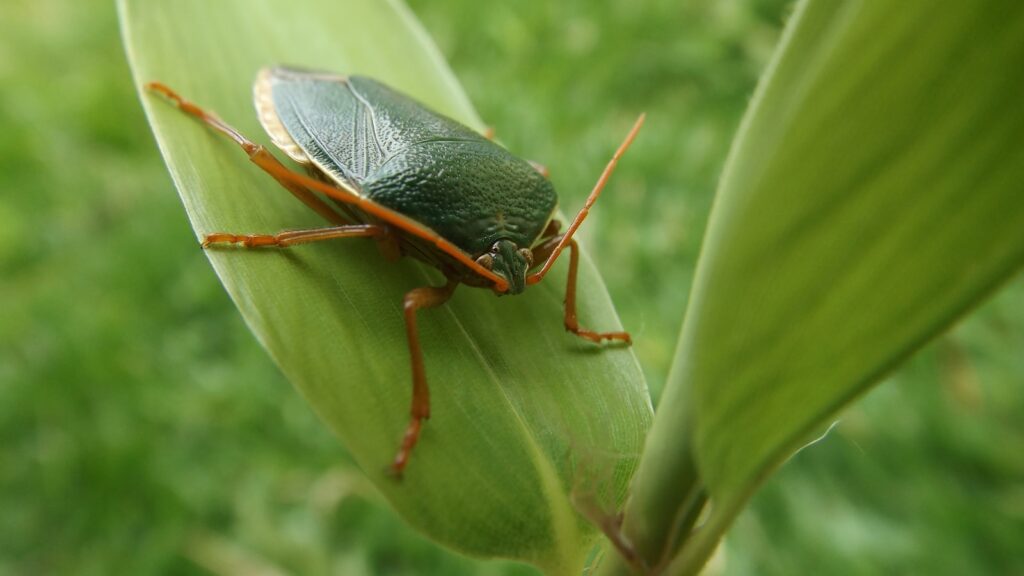
Many jurisdictions create exceptions to insect ownership bans for legitimate scientific research, education, and conservation breeding programs. Universities, museums, zoos, and research institutions can typically obtain special permits to maintain colonies of otherwise prohibited species under secure conditions with appropriate protocols. These exceptions recognize the scientific value of studying even potentially harmful species in controlled environments. Educational displays featuring live insects often receive exemptions when they serve broader public education goals about biodiversity and conservation. Professional butterfly exhibitions and insectariums operate under specialized permits with strict containment requirements and regular inspections. Individual researchers affiliated with recognized institutions may sometimes receive personal permits for particular projects involving otherwise restricted species. These scientific exceptions balance the need to prevent ecological harm while supporting the advancement of entomological knowledge that ultimately benefits conservation efforts.
Future Trends in Insect Pet Regulations
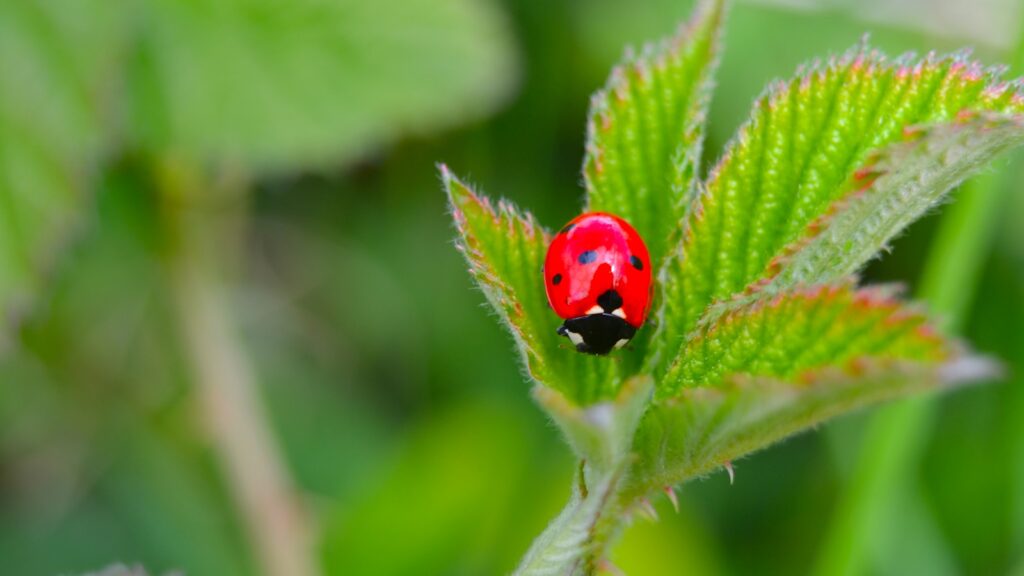
Regulations governing insect ownership continue to evolve in response to new scientific information, changing ecological threats, and shifting cultural attitudes. Climate change is expanding the potential range of many tropical insect species into temperate regions, potentially triggering new restrictions on species that previously posed little invasion risk. Conversely, growing concern about global insect declines may eventually lead to more nuanced approaches that distinguish between truly harmful species and those that pose minimal risks. The expanding hobby of invertebrate keeping is driving industry self-regulation through best practices and captive breeding certification programs that may influence future regulatory frameworks. Technological advances in detection methods, including environmental DNA sampling and automated visual identification systems, may strengthen enforcement capabilities while potentially allowing more precisely targeted restrictions. These evolving approaches reflect the ongoing balance between enabling human connections with the natural world and protecting ecological systems from unintended consequences.
Conclusion: Balancing Fascination with Responsibility
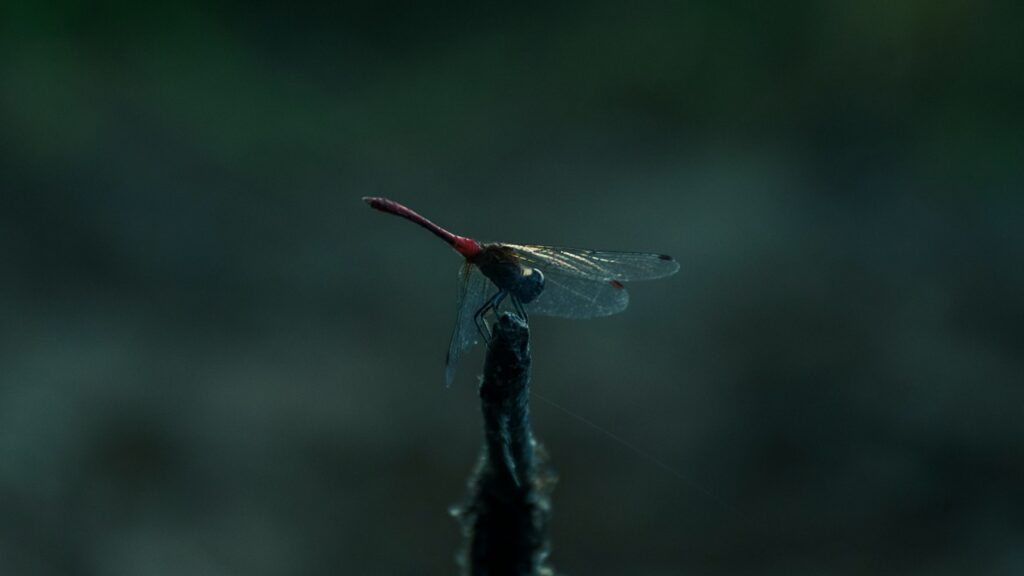
The regulations prohibiting certain insects as pets represent a necessary balance between human curiosity and ecological responsibility. While these restrictions may disappoint enthusiasts eager to observe and care for particular species, they serve critical functions in protecting agriculture, public health, and natural ecosystems from potentially devastating impacts. The good news is that hundreds of fascinating insect species remain perfectly legal to keep, offering ample opportunities to explore the incredible diversity of arthropod life without risking ecological harm. Responsible insect keeping means not only providing appropriate care for the creatures in our charge but also respecting the boundaries established to protect the complex living systems we all depend upon. By understanding and honoring these regulations, insect enthusiasts demonstrate their deeper commitment to the natural world that inspires their fascination in the first place.
